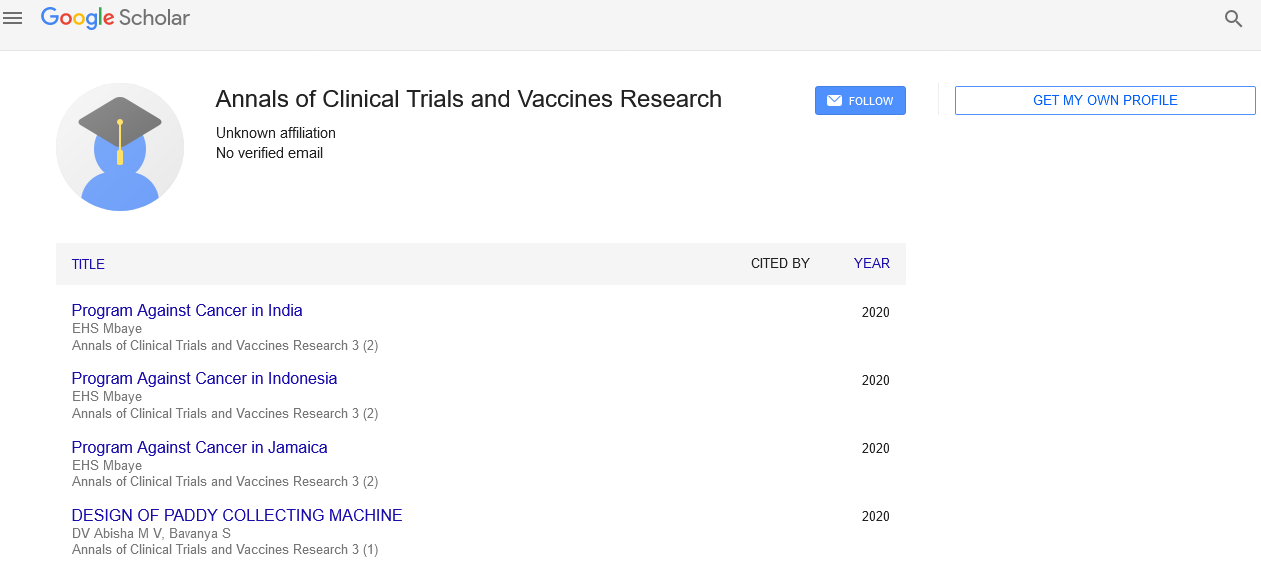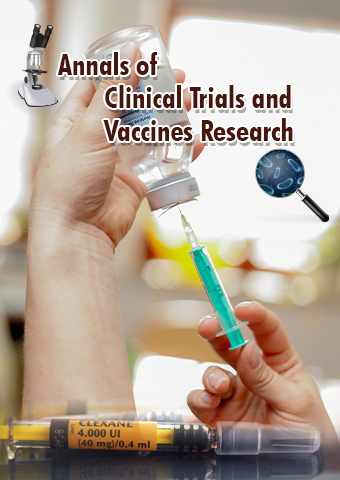Short Article - Annals of Clinical Trials and Vaccines Research (2020) Volume 3, Issue 1
Demystifying COVID19: Its Transmission, Treatment and Prevention to Non-medical Personnel
1 Ousman Bajinka, 2 Dr Mariam Jaw and 3Firaol Lemessa Kitila
1Central South University Changsha, Hunan Provinces, China
2Ankara Yıldırım Beyazıt University, Ankara, Turkey
3Central South University Changsha, Hunan Provinces, China
Abstract
INTRODUCTION
The scientific insights regarding the pathogenicity and the virulence of the virus that causes COVID-19 is yet to be exhausted. However, studies are still ongoing to provide the needed scientific knowledge to deal with the disease burden. Initially, the potential origin was said to be in Wuhan where majority of the initial cases of the new disease were reported to have been exposed to the wet market. Another hypothesis to follow is the person-to person transmission when cases started arising from individuals who have not even had contact with either Wuhan or the wet market to be specific. This is an example of the familial clusters of pneumonia-like outbreaks and epidemics growing by human-to-human transmission. This could be an established mode of transmission as when an infected person sneezes or coughs are enough to spread the virus via droplets.
Coronaviruses (CoVs) belong to a large family of single stranded enveloped RNA viruses. They are zoonotic and can be transmitted from animals to animals, animals to humans, and humans to humans. Seven have been identified to cause infections in humans (HCoVs), six previously and the novel one becoming the seventh. Some come with an upper respiratory infection like the common cold, others pneumonia and even acute severe respiratory distress syndrome (ARDS). Two CoVs have caused severe infections and outbreaks in the past. In 2003, SARS-CoV was responsible for the severe respiratory syndrome (SARS) outbreak in China and the Middle East respiratory syndrome coronavirus (MERS) was responsible for the epidemic in Saudi Arabia in the year 2012.
The preventive measures and strategies put across by the front-lines including both the Chinese local experts and international experts at the epicenter of the outbreak is lauded to have limited the geometric spreading of the novel coronavirus. However, cases are seen to be increasing exponentially in some geographical areas of the world. In addition to reducing the number of flights from mainland China, screening at ports of entry across the country, screening people with respiratory symptoms such as cough, difficulty breathing and acute fever, especially those suspected of '' be in contact with infected people or countries in the hot zone.
Despite the previous outbreaks and the fatal histories associated with these outbreaks, evidence gathered from the media has it that people around the world are seemingly not taking this one with this novel coronavirus very seriously. Thousands of people have lost their lives to this enemy already and more lives are claimed daily due to complications caused by the disease. It is imperative to break the medical information to non-medical personnel for them to comprehend more the enemy the world is battling with. While some are well informed yet a good number of people are either ill-informed or in are denial of the existence of this outbreak ravaging countries. Hence, the need to shed more light on the nuts and bolts of this disease and to dispel the many conspiracy theories associated with the pandemic to non-medical personnel.
Once this commentary reaches the table of many, information regarding the routes of transmission and transmissibility, the clinical manifestations and complications involved, the successful clinical practices that are being used to manage patients and contacts, the brief laboratory information needed to diagnose patients will go a long way in convincing the readers that we are faced with an enemy which is the SARS-CoV-2 causing COVID-19. To win this battle which is a global challenge, everyone needs to get the right message through sharing of resources and to do the needed at the most appropriate time to defeat the enemy so that sooner rather than later we will be able to continue with our usual daily activities of life.
Incubation period is the period between exposure to an infectious agent and the appearance of the first symptom. In the early days of the outbreak, the incubation period in COVID-19 patients was studied to be between 2 to14 days. COVID-19 is contagious during the incubation period, meaning during pre-symptomatic phase one can infect others and the incubation period, mostly between 3 to 7 days.
The virulence and epidemiology of this virus is crucial for the virologists and epidemiologists to be able to closely monitor as the vaccine and therapeutic intervention researches are ongoing to find definitive therapies which currently does not exist. Health authorities and governments should take immediate measures to prevent outbreaks from emerging and re-emerging pathogens across the globe to minimize disease burden and sufferings to mankind. In order to come up with a fast yet effective therapeutic regimen, a combination of genomic data, epidemiological data and chart records of the clinical symptoms of COVID-19 patients is imperative.
Although very interesting findings are emerging, it is too early to draw any substantial conclusion from the preliminary researches done by the scientific communities. What needs to be done is to keep observing preventive measures as prevention is always better than cure.

